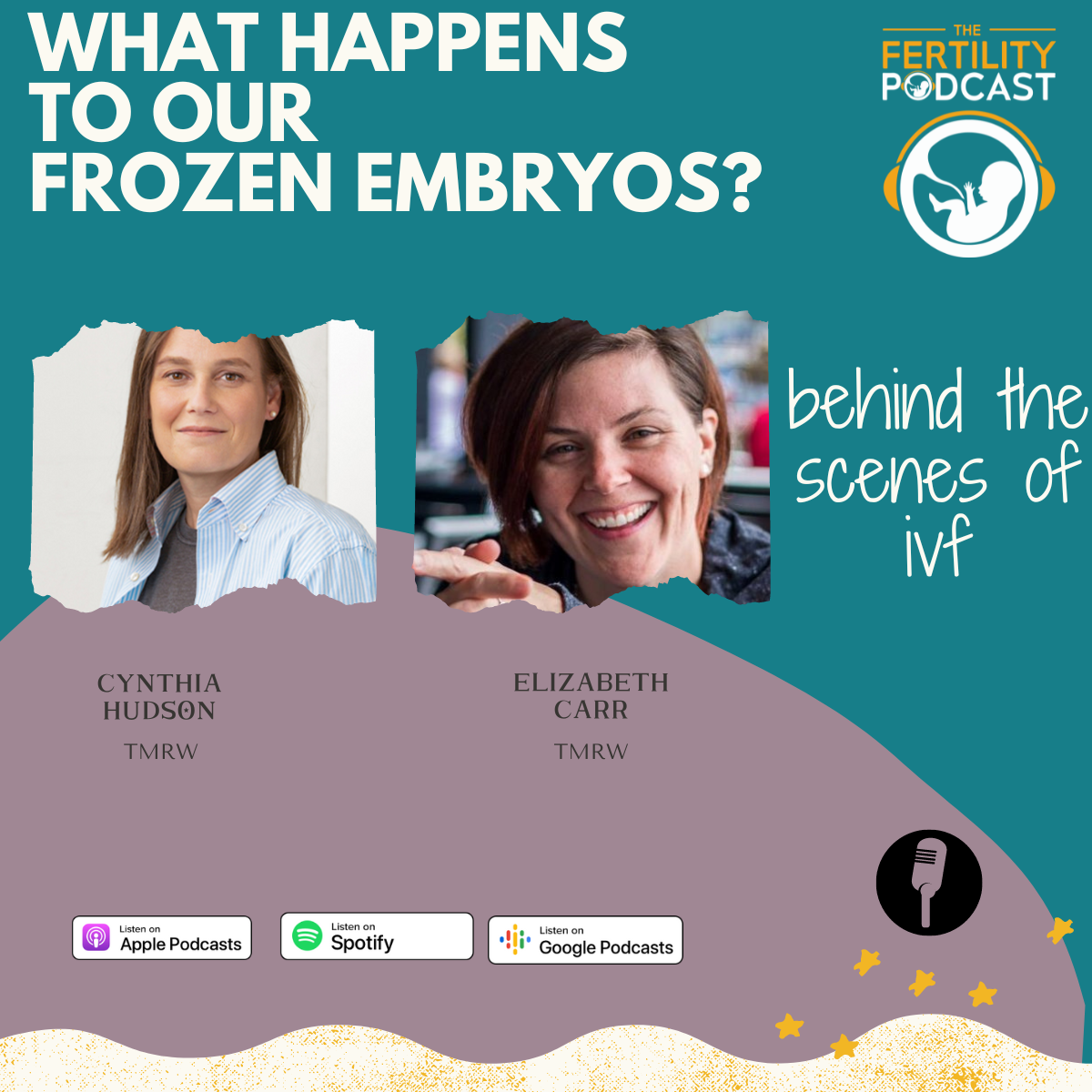We’re in a conversation about what happens to our frozen embryos and the future of cryo storage with Cynthia Hudson. Cynthia is the VP of Clinical Strategy & Specimen Services at TMRW, and Elizabeth Carr is the first IVF baby born in the United States. To give you a bit of background, Cynthia is an embryologist and medical technologist with over 20 years of experience. She has also founded a number of leading IVF practices and designed multiple IVF laboratories. Natalie met with her in London to get a live demo of their technology. On the other hand, Elizabeth works with the company as part of their marketing team. She shared her experience of life as the first IVF baby in the US, and her decision to become work in the world of ART.
Here are the things we discussed:
- Explaining the TMRW system in the Cloud
- Opportunity to have lots of backups and a cynic’s inventory is updated in a real team
- How the system speeds up a lab and makes an embryologist’s life easier
- Cryo beacon – holds up to 8 cry devices – standard to what exists. It has a cap, so devices can’t fill out and it has a chip on it so it can be identified hands-free.
- Explanation of freezing and how if the cells aren’t treated before the temperature is lowered it will damage the embryo, so the water must be removed and replaced with a cry protectant.
- How the freezing process has changed in the last 10-15 years. Taking the temp from 37 deg C to -1.96 in under 1 second
- Previously walked around with buckets made of styrofoam and never had a purpose-built tool to move tissue safely around the lab. It has a see-through lid to never lose line of sight to the specimen.
- How it is frozen, using iris recognition and then frozen.
- Know the exact location of the beacon within the system
- Numbers – take the storage capability vertically.
- In a standard clinic, they have to be manually filled, liquid nitrogen has to be at the right temp
- Some have over 100 dewers – have to be filled and monitored regularly. This tech does it automatically.
- Overwatch 24 hours to make sure they know everything going on in every system.
- Taking a lot of risk out of the process.
- Elizabeth talks about how her parents had to leave the state they were living in to travel to a different one as it was illegal in the state they lived in.
- Her childhood was shaped by the need for her to ‘look normal’ as the topic of IVF was so she went into journalism – because she was fed up with people asking stupid questions and decided at 10 years old she could do a better job
- The conversations she has with the clinic conversation about cryo storage
- How the volume of specimens has increased, meaning the embryologists have to do a lot of extra processes – to manage them
- How clinics become an accidental storage facility
- Patients now are so much more educated and are asking more questions
Have a listen to our other Frozen Embryo episode here.
To find out more visit TMRW
We really want to hear your thoughts on whether you think about where your embryos are stored and if this episode has got you thinking, so please email info@thefertilitypodcast.com
Socials:








